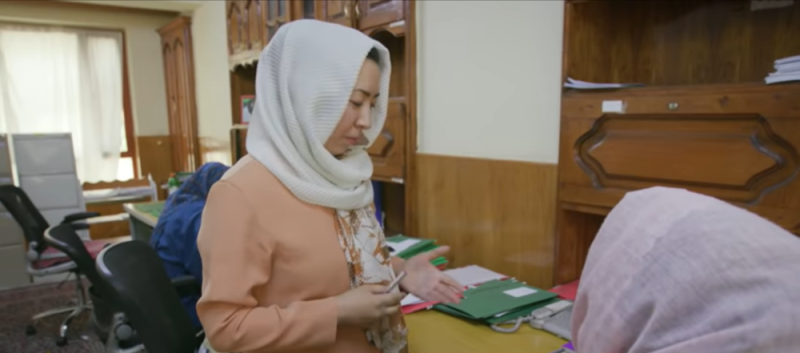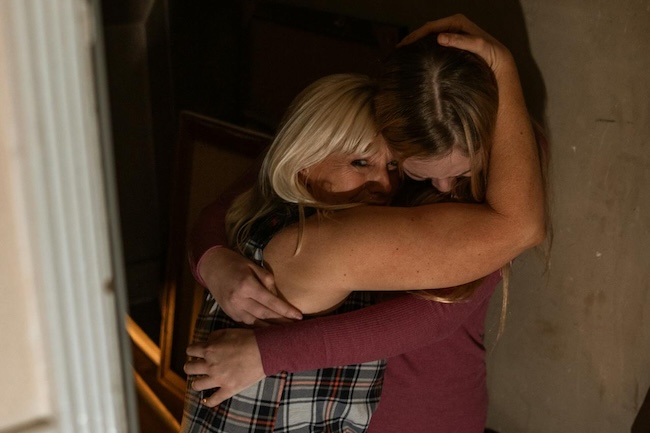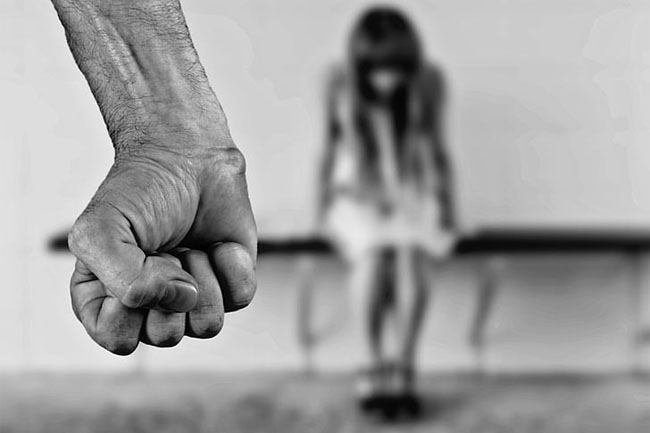"Women here are not free," said a young Afghan woman.
I look around the small classroom of the English school I was sitting in the small village of Eshkashem in Afghanistan. The young girls were there to learn English and I had come to learn more about the situation of women’s rights in Afghanistan.
All of the young women were wearing long clothes and had scarves wrapped around their heads. Most of them had a long blue burka next to them on the chair, ready for when they would go outside.
I asked them who was wearing the burka by choice, none of the women raised their hand.
When I asked them why they were wearing it, if they did not want to, they all shrugged their shoulders and said, "because we have to".
The young woman said:
I am against the Burka. But because of the Taliban, when I go to other parts of Afghanistan, I wear it. But other women wear it because their husband want them to wear it and because they don’t want other men to see their wives.
Though, as I came to learn over the time that I spent in Afghanistan, there were a number of reasons why this woman did not feel free in Afghanistan.
"In many of the provinces throughout Afghanistan, girls are only allowed to go to school until they are five or six years old," explained one of the young women.
She continued:
The problem is particularly bad in areas under the control of the Taliban. In some areas, the Taliban have even closed the schools and where the schools are open, the girls aren’t allowed to go. As a result, many women and girls in Afghanistan have not been educated.
When I asked how they felt about that, the young women were at first reluctant to share their views. Something that I found particularly concerning, that they felt worried about even saying that girls should be able to go to school.
Though eventually, they all agreed that it wasn’t fair that so many girls were not allowed to go to school. They agreed that women girls should be able to go to school and that this was something that should be their right.
However, the restrictions placed on women and girls in Afghanistan go far beyond education. Women's' ability to make choices about where they go, what they do and what they wear are also massively limited.
"Sometimes women are not allowed to use phones or computer’s and are not allowed to go outside unless they are wearing black," she explained. "It’s really bad."
In the nearby town of Shighnan, for another young woman, one of the biggest problems for women and girls in her country was not being able to choose who she could marry.
It was a problem, in fact, all of the young women and men I met in Afghanistan reflected upon. Arranged marriages are the norm where parents decide who their children should marry and no sexual relations are permitted before marriage.
The young woman explained to IA:
"Women are also completely prohibited from having a boyfriend. If it were found out that she has a boyfriend, then she would be severely criticized or made to marry the boyfriend."
I sat down with one of the male students in the school as well to hear about what he thought about the situation of women and girl’s rights in his country. He spoke of how the situation varied for women a little throughout the country.
In the cities, women could participate in sports and be part of national teams. You can see women involved in the Government. However, the situation in the provinces is a little bit different. In Kandahar, for example, he said that women are not free. In Faizabad, women are not free either. He explained that they are made to wear the Burka and are not free to choose their clothes.
The male student said:
"I think that its bad, it’s a backward way of thinking. If we compare your country to mine we are about 50 years behind. Some people are so bad for our society because they don’t allow girls to participate in festivals and parties and schools."
He too agrees that Afghanistan is not a good place for a woman.
Johanna Higgs is an anthropologist and founder of Project MonMa, which advocates for women’s rights around the world.
 This work is licensed under a Creative Commons Attribution-NonCommercial-NoDerivs 3.0 Australia License
This work is licensed under a Creative Commons Attribution-NonCommercial-NoDerivs 3.0 Australia License
Support independent journalism Subscribe to IA.












